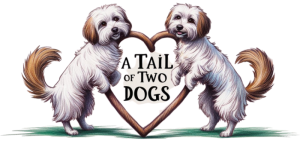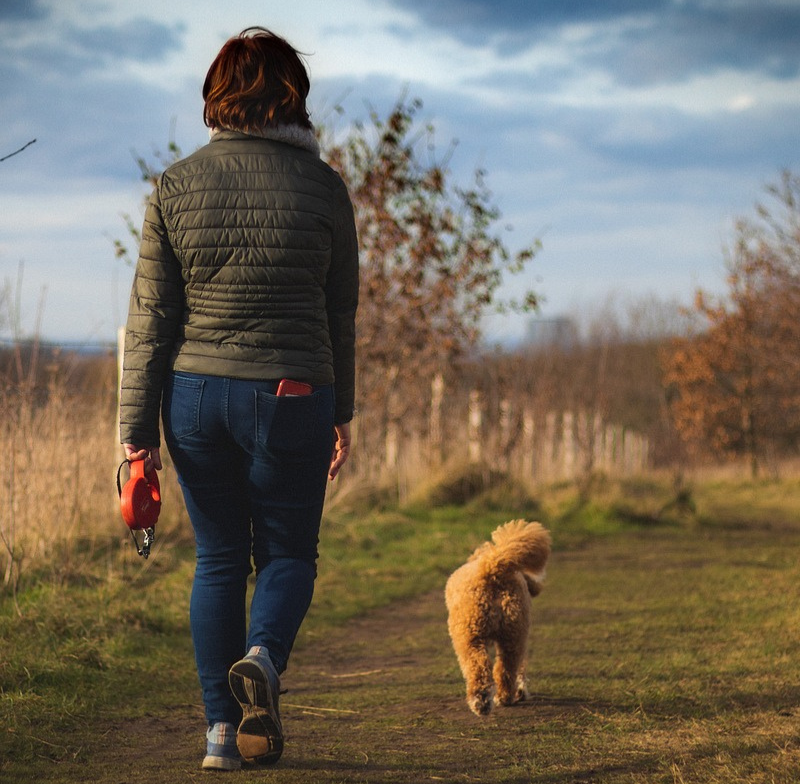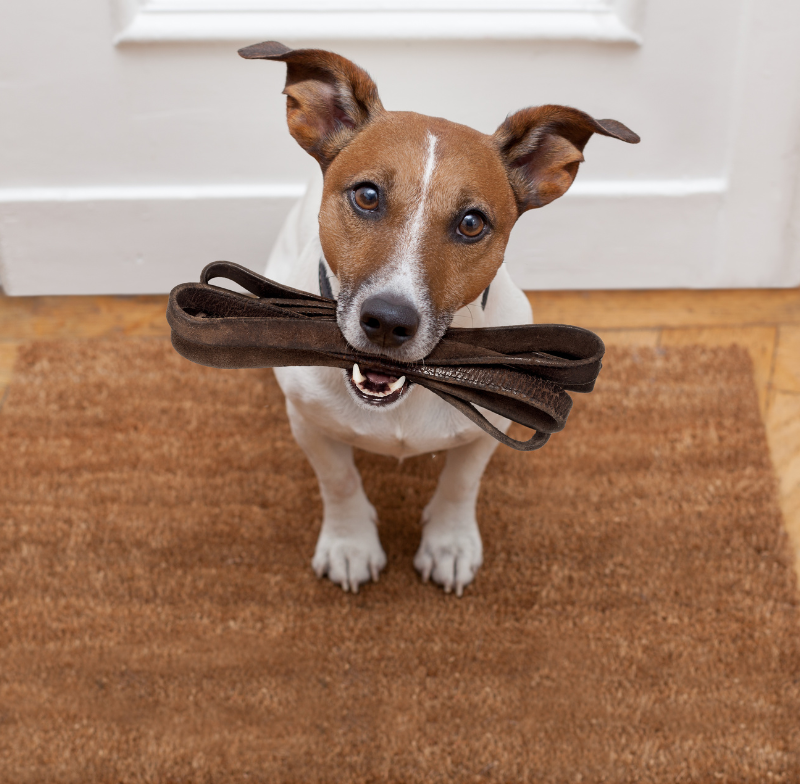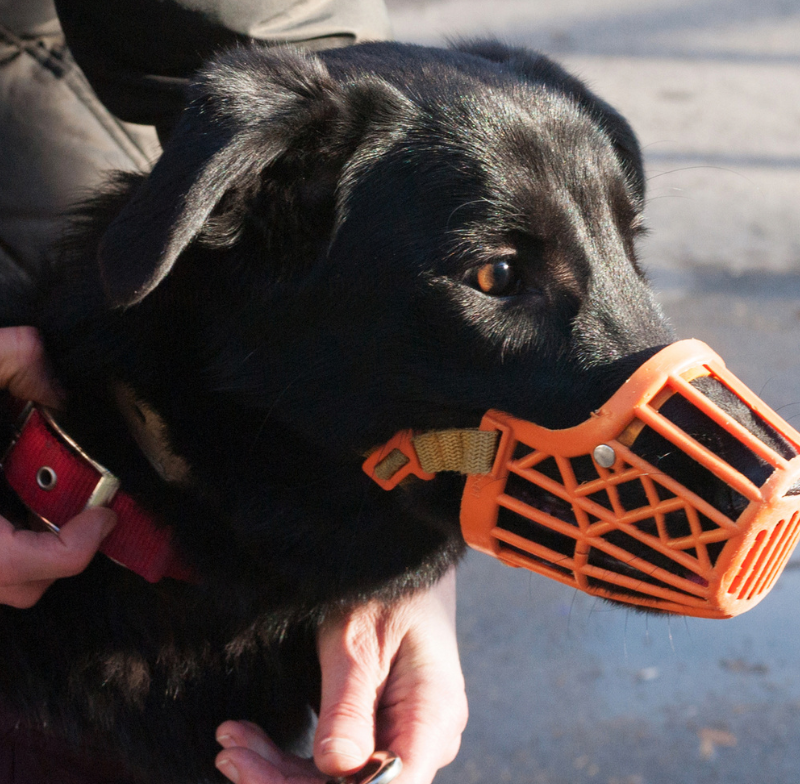Training your dog to respond to a whistle can be one of the most effective ways to ensure their safety and improve obedience. Unlike verbal commands, a whistle is consistent, carries over long distances, and is less likely to be ignored in distracting environments. Whether you’re training a puppy, a rescue dog, or a stubborn breed, using a whistle can reinforce recall and give you greater control in various situations. In this guide, we’ll explore how to teach your dog to come back to a whistle. We’ll discuss the different types of whistles, the best treats for training, the pros and cons of using a whistle, and when to use it effectively.
Choosing the Right Whistle for Your Dog
Not all whistles are the same, and different types suit different dogs. When selecting the best whistle for recall training, consider your dog’s breed, temperament, and sensitivity to sound.
Pea Whistles
A pea whistle contains a small ball inside that vibrates when blown, producing a trilling sound. These are ideal for short distances and softer commands. Dogs with sensitive hearing or anxious dispositions may respond better to the varying tones. However, pea whistles may freeze in cold weather, making them less reliable for outdoor training in winter.
Silent Whistles
Also known as ultrasonic whistles, these produce a sound at a frequency that humans can barely hear but is noticeable to dogs. They are useful for owners who prefer to train discreetly or for hunting dogs that need subtle cues. However, some dogs do not respond as well to silent whistles, and adjusting the frequency to match your dog’s hearing range may take time.
Adjustable Frequency Whistles
These whistles allow you to modify the pitch to find the most effective sound for your dog. This is particularly useful for multi-dog households, as each dog may have different hearing sensitivities. Finding the right setting requires experimentation, but once you determine the optimal pitch, recall training becomes easier.
Shepherd’s Whistle
Used primarily for working dogs such as Border Collies, a shepherd’s whistle requires specific blowing techniques to create distinct tones. It offers more control over commands but has a learning curve for handlers. If you work with herding dogs or need precise commands, this is an excellent option.
The Best Treats for Whistle Training
Reward-based training is the most effective way to teach your dog to respond to a whistle. The right treats will depend on your dog’s preferences, dietary needs, and level of motivation.
High-Value Treats
For whistle recall training, use high-value treats—rewards your dog finds irresistible. Examples include small pieces of cooked chicken, cheese, freeze-dried liver, or salmon. These treats create a strong association between the whistle and a positive outcome, reinforcing quick responses.
Soft and Easy-to-Chew Treats
Since recall training requires frequent repetitions, soft treats that are easy to consume quickly prevent delays in training. Avoid large, crunchy biscuits, as they may take too long to eat and interrupt focus.
Natural and Healthy Options
If you prefer natural training treats, consider using blueberries, small pieces of banana, or carrots. These are lower in calories and healthier for dogs that need to manage their weight.
Training-Specific Treats
Many pet stores sell training-specific treats that are small, highly palatable, and low in calories. Brands that specialize in obedience training products often provide options that work well for frequent reinforcement.
Pros and Cons of Using a Whistle for Recall
Whistle training has several benefits, but it also comes with a few drawbacks. Understanding both sides can help determine if it’s the right method for you and your dog.
Pros of Whistle Training
Consistency and Clarity
Unlike verbal commands, which may change in tone depending on your mood, a whistle produces the same sound every time. This ensures consistency, helping your dog learn recall more effectively.
Works Over Long Distances
A whistle can carry further than your voice, making it ideal for outdoor environments such as fields, beaches, and hiking trails. This is particularly useful for sporting dogs, herding breeds, and adventurous dogs that like to explore.
Less Emotional Influence
Dogs can pick up on frustration or excitement in verbal commands, sometimes causing confusion. A whistle remains neutral, eliminating emotional influences and maintaining clear communication.
Useful for Multi-Dog Training
If you have more than one dog, a whistle allows you to train them simultaneously without shouting commands. Adjusting the frequency or using different patterns can help distinguish signals for individual dogs.
Cons of Whistle Training
Requires Initial Training
Dogs do not instinctively respond to whistles, so proper training is necessary. Without reinforcement, a whistle may not be effective, and your dog could ignore it if they do not associate it with rewards.
Dependent on the Dog’s Hearing
Some dogs, particularly older ones or breeds prone to hearing loss, may not respond well to whistles. Testing different frequencies and ensuring your dog can hear the whistle before committing to training is important.
Whistle Dependency
If a dog is trained exclusively with a whistle, they may not respond to verbal commands, which can be a problem if you forget or lose the whistle. Ensuring backup recall methods, such as hand signals, can help prevent over-reliance.
When to Use a Whistle for Recall Training
Using a whistle effectively requires knowing when and where it is most beneficial. Here are some situations where whistle training is particularly useful.
Outdoor Adventures
If you take your dog on hikes, to the beach, or in open fields, a whistle is an excellent tool for recall. Its sound travels farther than your voice, ensuring your dog can hear you even in windy or noisy environments.
Off-Leash Training
For owners who allow their dogs off-leash, a whistle provides a reliable way to call them back. Whether at a dog park or on a rural property, a trained whistle recall keeps your dog safe from potential hazards.
Hunting or Working Dogs
Sporting and herding breeds benefit greatly from whistle training. Hunting dogs, such as Labrador Retrievers, and working dogs, like Border Collies, respond well to whistle commands, allowing handlers to direct them efficiently from a distance.
Emergency Situations
In an emergency—such as your dog running toward traffic or chasing wildlife—a whistle can be a life-saving tool. Since it cuts through background noise more effectively than shouting, it increases the chances of an immediate response.
Training in Noisy Environments
If you live in a busy city or train in areas with distractions, a whistle ensures your dog hears your recall command despite background noise. This is particularly useful for dogs that get overstimulated by sounds and movement.
Final Thoughts
Learning how to teach your dog to come back to a whistle is a valuable skill that enhances safety, communication, and obedience. By choosing the right whistle, using high-value rewards, and reinforcing recall in appropriate situations, you can create a reliable response that benefits both you and your dog. While whistle training requires consistency and patience, the long-term advantages make it a worthwhile investment. Whether for off-leash adventures, sporting activities, or emergency recalls, a well-trained whistle command ensures you always have control over your dog’s movements.
Featured Image by Kevin Seibel from Pixabay
Discover more from A Tail of Two Dogs
Subscribe to get the latest posts sent to your email.





Leave a Reply